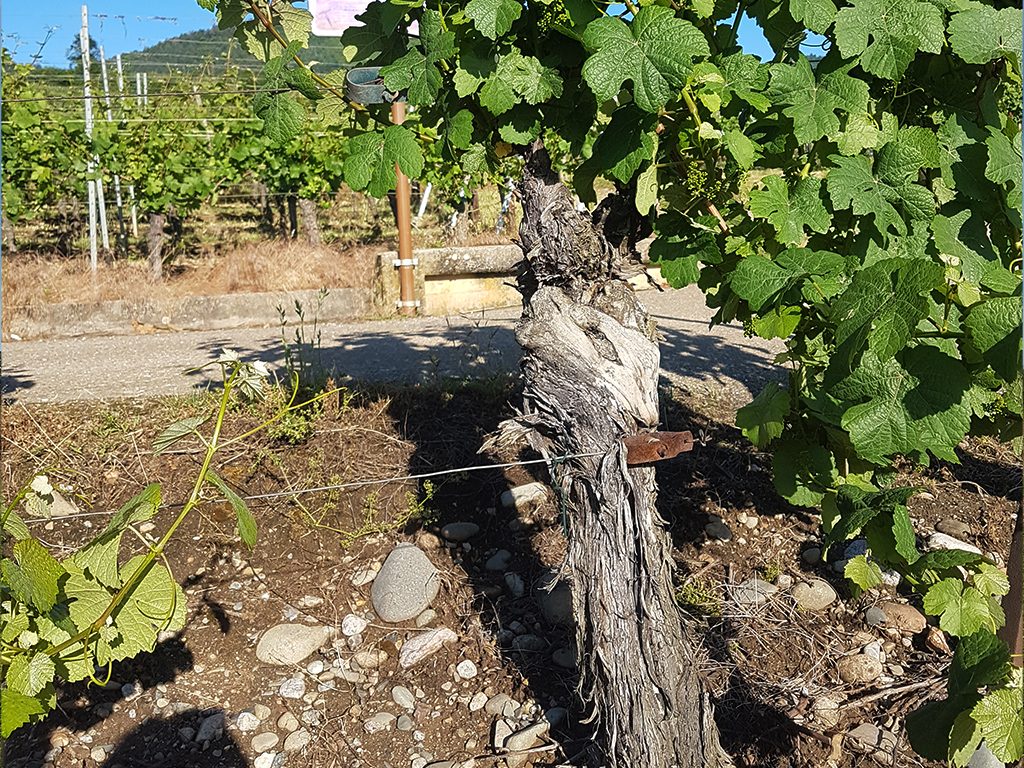
Biodiversity
The vineyards constitute an ecosystem sheltering a diversity of species essential to the development of the grapevine, and so we work daily for the maintenance and preservation of that biodiversity.

The earth, its soils, terroirs, the flora and fauna, minerals, plants – our vineyards’ entire ecosystem is primordial for the development of the vine and the grapes. We ensure constant protection, development and maintenance for an optimal biodiversity. Our viticulture methods have always favoured sustainable development of the grapevine in perfect harmony with the surrounding biodiversity.

Mise en place du conservatoire ampélographique 
Gewurztraminer
In 2019 we continue in the same vein, working towards an interdependent ecology. Here are a few of the projects undertaken to maintain the biodiversity of our Alsace vineyards:
- Conservatoire Ampélographique:
We have established an ampelography botanical conservatory at our site in Colmar. The conservatory identifies the various qualities of our regional grape varietals, making up what is essentially a historical memory of our vineyards. It allows us to preserve genetic diversity and to have at hand perfect specimens for new plantations. The objective is to multiply their numbers and then plant them in one sole parcel. The Conservatoire Ampélographique is equally a showcase of our vineyards that visitors can discover.
- Planting an orchard
The botanical conservatory project is coupled with the establishment of an orchard, along with setting up beehives for our own honey production.
- Planting two resilient varieties of grapes
We have to adapt to the future constraints of climate change. Accordingly, we have planted two varietals, the Floréal and Voltis, both intended for wine production. The objective is to test their resistance to different kinds of mildew, as well as to determine their winemaking capacities and their organoleptic qualities, that is, their effect on our senses. These varietals need only two treatments a year, as opposed to the usual five or six, and could be the solution for confronting global warming.



